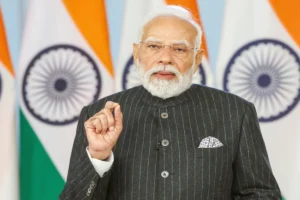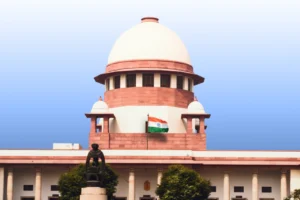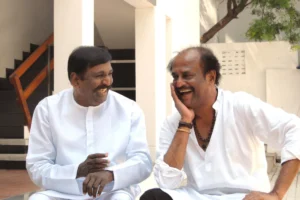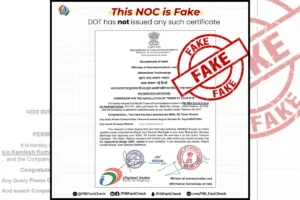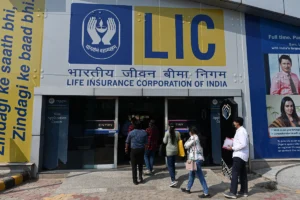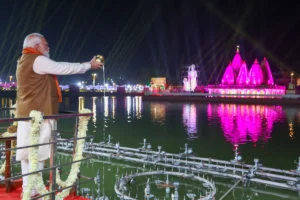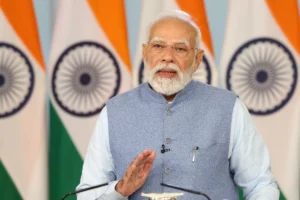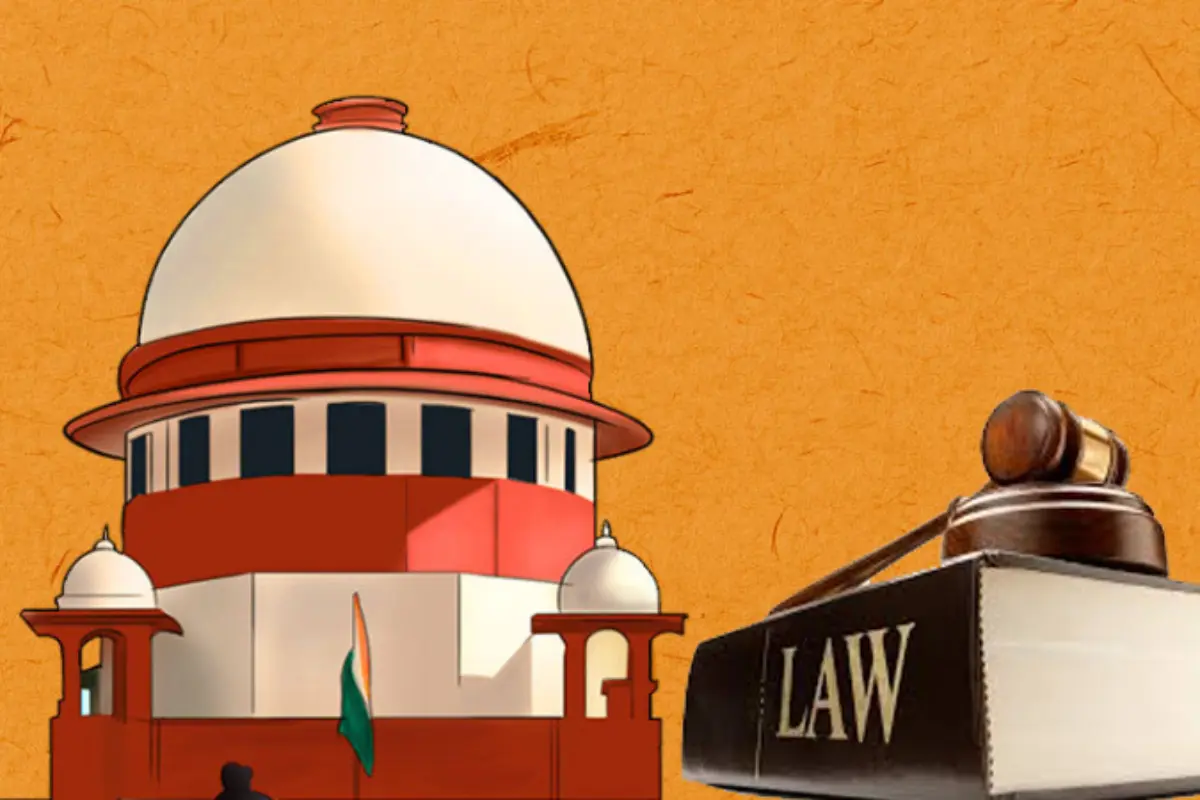
On Tuesday, a nine-judge bench of the Supreme Court stated that the State cannot indiscriminately take over private property for redistribution under the guise of serving the common good.
The verdict clarifies that privately owned properties are not automatically classified as ‘material resources of the community’ under Article 39(b) of the Constitution.
The majority opinion, authored by Chief Justice of India (CJI) DY Chandrachud, asserts that the State’s authority to claim private property for public use has its limits.
The ruling overrules earlier decisions post-1978 that had expanded the state’s control over private resources in the name of promoting socialism and the common good.
The court emphasized that interpreting all private property as material resources for the community would impose a rigid economic theory that unjustly promotes greater state control.
Key Highlights Of The Verdict
Private Property & Material Resources: The court held that not all private properties can be classified as “material resources of the community” under Article 39(b). The article mandates the state to ensure fair distribution of resources for the common good, but this does not automatically give the state the right to seize private property.
State’s Authority: The ruling clarified that while the state can, in certain circumstances, stake claims over private property, this must be within the boundaries of the Constitution and not through arbitrary control. The state’s actions must be justifiable under specific legal frameworks rather than blanket policies of acquisition.
Dissenting Opinions: Justice BV Nagarathna, while agreeing with parts of the majority verdict, issued a separate opinion, partly disagreeing with the court’s interpretation. Justice Sudhanshu Dhulia, however, offered a complete dissent, rejecting the majority’s reasoning and supporting a broader state authority over private property.
Overruling Socialist Era Precedents: The majority verdict, supported by Justices Hrishikesh Roy, JB Pardiwala, Manoj Misra, Rajesh Bindal, SC Sharma, and Augustine George Masih, overturned several post-1978 judgments that had expanded the state’s control over private property. These earlier rulings had leaned towards a more socialist interpretation of resource distribution.
The Constitutional Context:
At the heart of the judgment lies Article 39(b) of the Indian Constitution, which requires the state to direct its policies toward ensuring that ‘ownership and control of the material resources of the community are so distributed as best to subserve the common good’.
The ruling establishes that this article, although aimed at equitable distribution, cannot interpreted as an open invitation for the state to take over private properties in an unchecked manner.
Long-Standing Legal Dispute:
The case, which began in 1992 and was referred to the nine-judge bench in 2002, sought to determine whether privately owned resources fell under the purview of material resources as defined by Article 39(b).
The Supreme Court’s ruling provides a more balanced approach by respecting individual property rights and allowing state intervention only under clearly defined circumstances.
This landmark decision establishes important implications for property rights and state authority, confirming that expansive interpretations of the law cannot undermine private ownership.
The ruling is likely to influence future cases involving state acquisition of property and will serve as a crucial precedent in maintaining the balance between public interest and private rights.
To read more such news, download Bharat Express news apps









